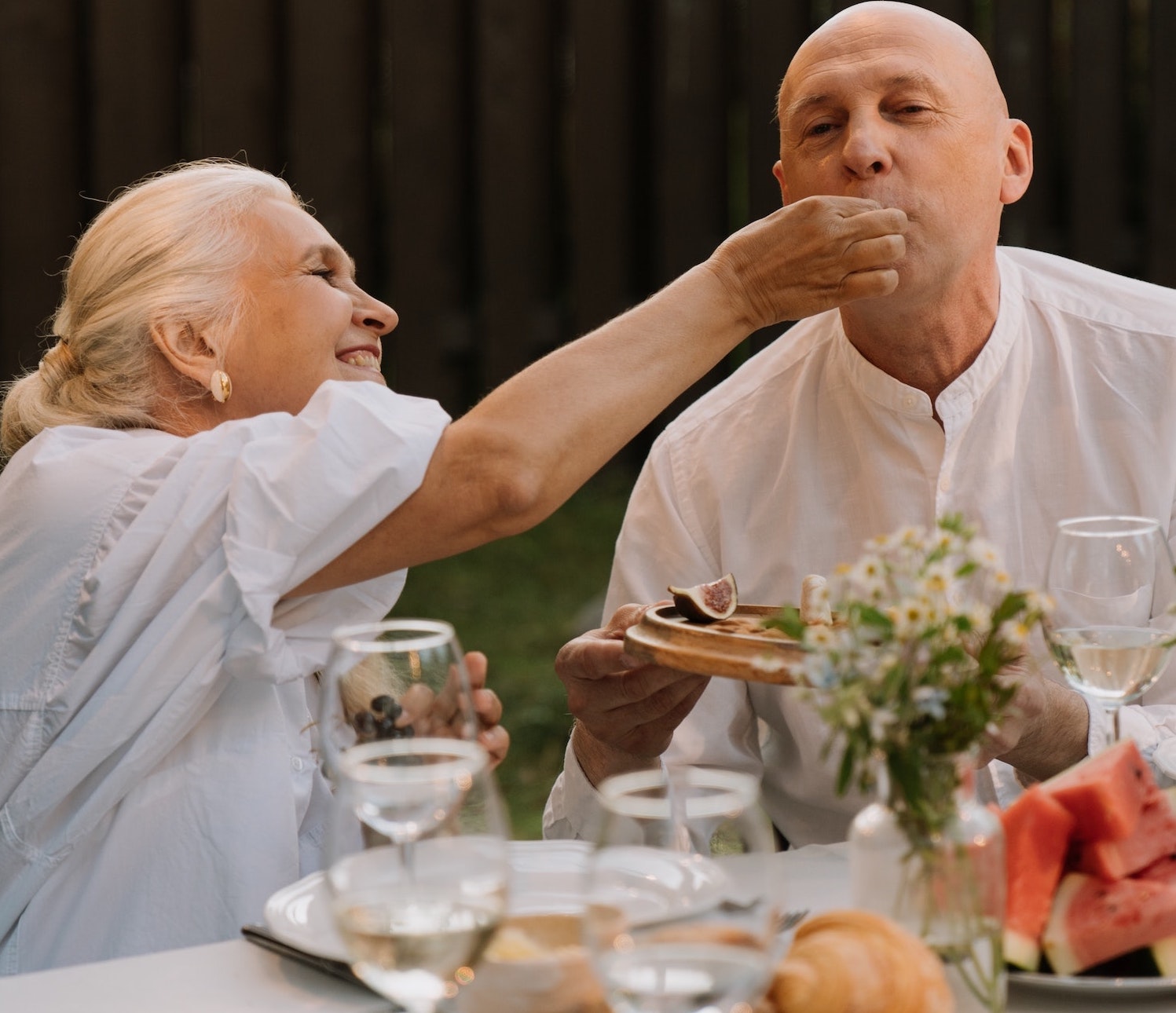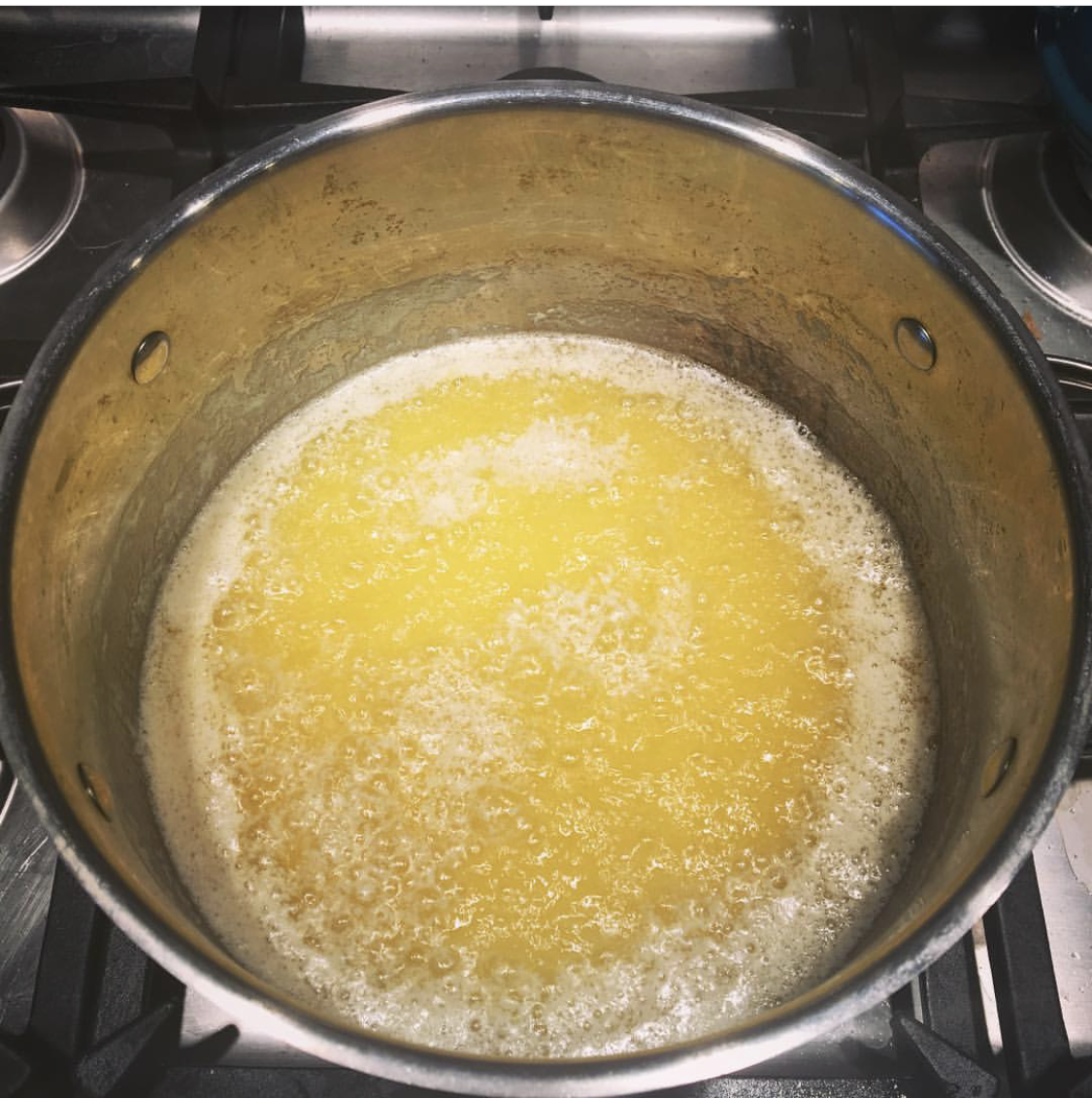
Ayurvedic Dry Skin Remedies for Fall & Winter
The fall season is swiftly approaching, and with it comes familiar seasonal ailments—including dry, flaky skin. According to Ayurveda, India’s 5,000-year-old system of natural medicine, dry skin arises from an increase in air and ether in the environment. Together, these elements elevate what Ayurveda calls vata dosha, bringing cool, dry, and mobile qualities into the body.
When vata increases in the fall and winter, the skin often becomes dehydrated, rough, or prone to premature aging. The good news? Ayurveda offers timeless rituals and remedies to help your skin stay supple, hydrated, and glowing through the coldest months.
In this article, we’ll explore the foundations of Ayurveda, understand the role of vata season, and share Ayurvedic dry skin remedies that bring warmth, moisture, and balance into your daily routine.
What is Ayurveda?
Ayurveda translates to “knowledge of life” (ayu = life, veda = knowledge). Rooted in India, Ayurveda is often called the sister science of yoga and shares the same goal of cultivating harmony in body, mind, and spirit.
Unlike modern medicine, Ayurveda does not prescribe a one-size-fits-all solution. Instead, it teaches that every individual has a unique constitution, or prakriti, determined by a blend of three doshas: vata, pitta, and kapha. This constitution shapes how you respond to food, environment, and lifestyle—and even explains why some people struggle with dryness in autumn while others may not.
At its core, Ayurveda is beautifully simple: live in harmony with your nature and with the cycles of the world around you.
The Doshas & the Seasons
The doshas are governed by the elements:
Vata = air + ether
Pitta = fire + water
Kapha = earth + water
Each season emphasizes certain elements and therefore influences the doshas.
Spring brings kapha—heavy, damp, and earthy.
Summer awakens pitta—hot, sharp, and intense.
Fall & winter amplify vata—cold, light, dry, and mobile.
When vata dominates, its qualities show up in our bodies and skin. Just as leaves become brittle and the air turns crisp, our skin may lose hydration, our digestion may slow, and our sleep may become restless.
Common signs of excess vata in fall include:
Dry, flaky, or itchy skin
Constipation, gas, or bloating
Anxiety or nervousness
Difficulty falling asleep
Ayurveda teaches that balance comes from applying the opposite qualities. In fall and winter, this means warming, grounding, stabilizing, and moisturizing rituals.
Ayurvedic Dry Skin Remedies
One of the most powerful vata-balancing practices is self-abhyanga, the Ayurvedic ritual of daily self-massage with warm oil.
Self-Abhyanga: The Ritual of Oiling the Body
The Sanskrit word sneha means both “oil” and “love.” To oil yourself (snehana) is to love yourself. Abhyanga is more than skin care—it is a daily act of self-love that calms the nervous system, restores hydration, and strengthens the immune system.
Benefits of self-abhyanga include:
Hydrates and nourishes dry skin
Improves circulation and lymphatic flow
Relieves stress and calms the mind
Supports better sleep
Promotes healthy aging and radiant skin
The Charaka Samhita, one of Ayurveda’s most ancient texts, states:
“The body of one who uses oil massage regularly does not become affected much even if subjected to accidental injuries or strenuous work… By using oil massage daily, a person is endowed with pleasant touch, strength, charm, and least affected by old age.”
Charaka Samhita Vol. 1, V: 88-89
Choosing the Right Oil for Your Dosha
While any warm, organic oil will help combat dryness, Ayurveda recommends specific oils for different doshic skin types.
-
Vata-type skin → Naturally dry, thin, prone to premature wrinkles.
Best oils: sesame oil, almond oil.
-
Pitta-type skin → Sensitive, inflamed, sometimes oily or reactive.
Best oils: sunflower oil, olive oil.
-
Kapha-type skin → Oily, congested, cool to the touch.
Best oils: safflower oil, grapeseed oil.
At PAAVANI Ayurveda, we craft herbally infused Body Oils designed for each dosha. Our medicated oils go beyond hydration, delivering the balancing power of Ayurvedic herbs directly through the skin. Shop Body Oils →
How to Perform Self-Abhyanga
Here’s a step-by-step guide to performing self-abhyanga, one of the most effective Ayurvedic dry skin remedies for fall and winter:
Warm your oil. Place your oil bottle in a cup of hot water until pleasantly warm.
Begin at the extremities. Massage your feet and hands with long, firm strokes.
Work toward the center. Use circular strokes on joints and long strokes on limbs.
Massage the abdomen. Move in clockwise circles to follow the large intestine.
Massage the chest. Use upward, circular motions toward the collarbone.
Include the back. Use downward strokes on the lower back to ground energy.
Let the oil soak. Ideally, allow the oil to absorb for 20 minutes before bathing.
Shower or bathe. Use warm water to open pores and deepen absorption.
If pressed for time, apply oil after your shower while skin is still damp. This locks in moisture and ensures you never skip your daily practice.
Other Ayurvedic Tips for Fall Dryness
Beyond abhyanga, Ayurveda offers simple, daily remedies to protect your skin during vata season:
Sip warm herbal teas like ginger, licorice, or our Hydrate Blend Tea to moisten tissues from within.
Favor warm, cooked foods with healthy oils like ghee or sesame oil. Avoid raw, cold, or dry foods that aggravate vata.
Practice grounding yoga such as slow sun salutations, forward folds, and supported postures.
Establish routine. Go to bed and wake up at the same time each day to stabilize vata’s mobile nature.
Use facial oils & toners formulated for vata-type skin to prevent dryness and dullness. Try our Vata Skincare Ritual for a complete seasonal regimen.
Embracing Self-Love this Season
Fall is a time of letting go—just as trees shed their leaves, we too are invited to release what no longer serves us. Through the daily practice of abhyanga and other Ayurvedic dry skin remedies, we nurture stability, self-love, and resilience as we move into the colder months.
If you find yourself experiencing dryness, anxiety, or fatigue this season, Ayurveda reminds us to slow down, warm up, and return to ritual. Self-abhyanga is more than skincare—it is soul care.
Let oil be your ally this fall and winter. Allow Ayurveda to bring you back into harmony with yourself and with the rhythms of nature.





4 comments
@Liz, we do not have a dry brushing chart but we do have a ‘Dry Brushing How To’ article. You can find it here: https://paavaniayurveda.com/blogs/the-ayurvedic-lifestyle/garshana?pos=1&_sid=c4fa6e2c9&ss=r. We also have a YouTube video that shows how to use your garshana gloves: https://www.youtube.com/shorts/rdYBT9BdTo8.
PAAVANI Ayurveda
Is there a dry brushing chart of the body for beginners?
Liz
Hi Sherif! Great question. Foods that can help bring moisture to dry skin include root vegetables, like carrots and yams and also squashes like spaghetti and butternut. You can spice your meals with warming herbs, like nutmeg & cinnamon and cook your food in ghee or coconut oil. Avoid cold, dry foods like salads and raw foods. These will only increase the qualities of coldness & dryness within the body.
PAAVANI Ayurveda
What kind of food for dry skin(vata)
Sherif
Leave a comment
This site is protected by hCaptcha and the hCaptcha Privacy Policy and Terms of Service apply.